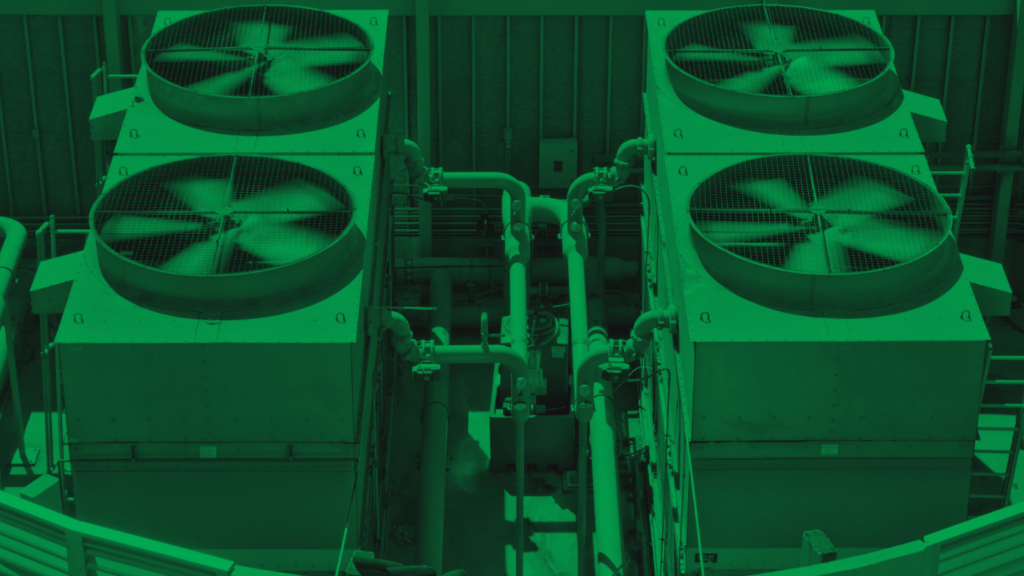Understanding the Evolution of Construction and HVAC
As time progresses, commercial construction projects continue to grow in scale and complexity. The Colosseum, one of the most renowned architectural feats in history, was built in 80 AD and could accommodate approximately 50,000 spectators. However, due to limitations in construction techniques and the absence of modern engineering standards, natural disasters such as lightning strikes and earthquakes contributed to its deterioration.
Fast-forward to the present day, and advancements in construction methods, materials, and workforce training allow us to build structures capable of holding over 114,000 people. While these innovations highlight the progress of the industry, they also underscore the increasing need for skilled labor and efficient workforce management in construction and HVAC fields.
The Growing Demand for Skilled Workers
According to the U.S. Bureau of Labor Statistics (BLS), the demand for construction managers is expected to increase significantly due to retirements and career transitions between 2016 and 2026. As experienced professionals exit the workforce, numerous job openings emerge, presenting challenges for hiring managers seeking highly qualified candidates.
This labor shortage is particularly evident in the commercial HVAC and plumbing industries. The pool of available candidates is sizable, yet finding truly skilled and experienced workers remains difficult. Dominick Guarino of Contracting Business highlights that the HVAC industry is projected to experience a decline in the number of technicians, with an estimated 330,000 roles needing to be filled in the coming years.
Strategies to Address the Workforce Shortage
To counteract these workforce challenges, businesses must take proactive measures. Here are four essential strategies to ensure stability and growth within the industry:
1. Develop a Workforce Pipeline
Understanding your workforce is key to preparing for future retirements and skill gaps. Tracking employee career progression and utilizing construction recruiting teams can help ensure a steady pipeline of qualified workers ready to fill vacant roles as they arise.
2. Invest in Employee Training and Development
Retaining and upskilling current employees is a crucial strategy for workforce stability. Providing training programs, mentorship opportunities, and professional development can help entry-level employees advance into leadership roles, such as transitioning assistant project managers into project managers.
3. Prepare for Market Fluctuations
The labor market is constantly shifting, with periods of both labor shortages and surpluses. Companies must develop strategies to withstand fluctuations, such as maintaining a balanced mix of full-time employees and contract workers or diversifying service offerings to remain competitive during economic downturns.
4. Prioritize Employee Satisfaction
A motivated workforce drives project success. While maintaining firm leadership is necessary, fostering a positive company culture is equally important. Ensuring fair treatment, providing competitive benefits, and creating a supportive work environment can improve job satisfaction and retention rates.
Conclusion
The HVAC industry, like the broader construction sector, faces a period of transformation driven by workforce shifts and market demands. By proactively recruiting, training, and retaining skilled workers, companies can mitigate labor shortages and position themselves for long-term success. Adaptability and strategic workforce management will be essential in navigating the evolving landscape of the HVAC industry.




